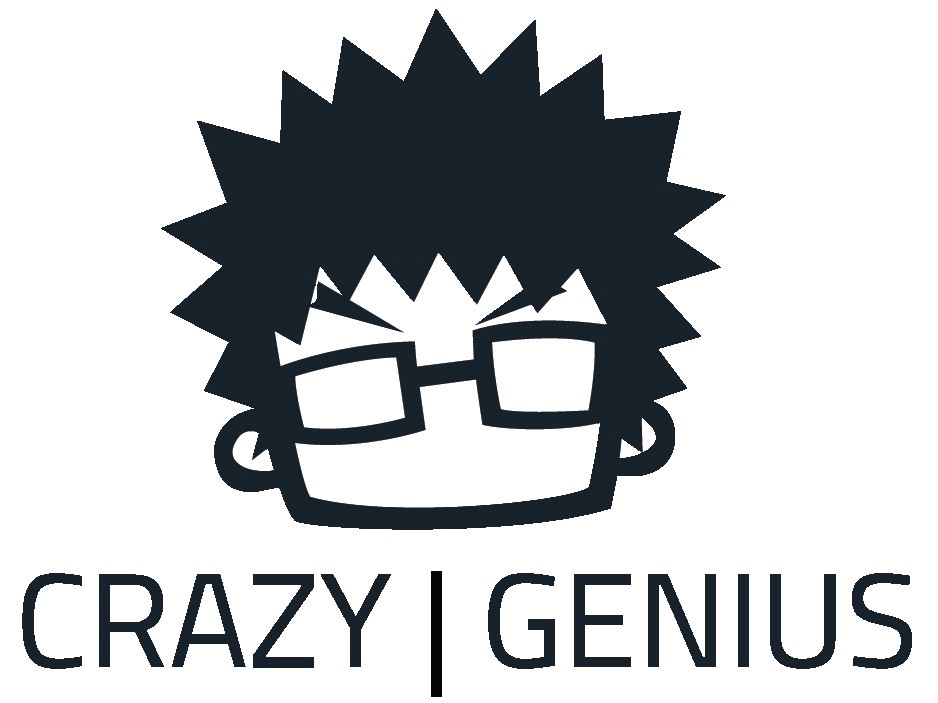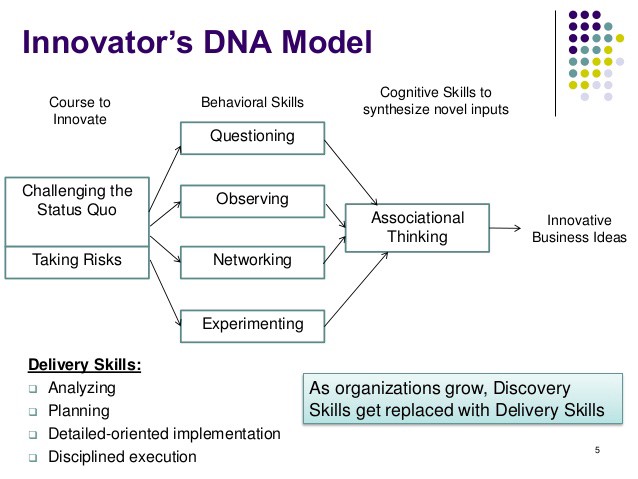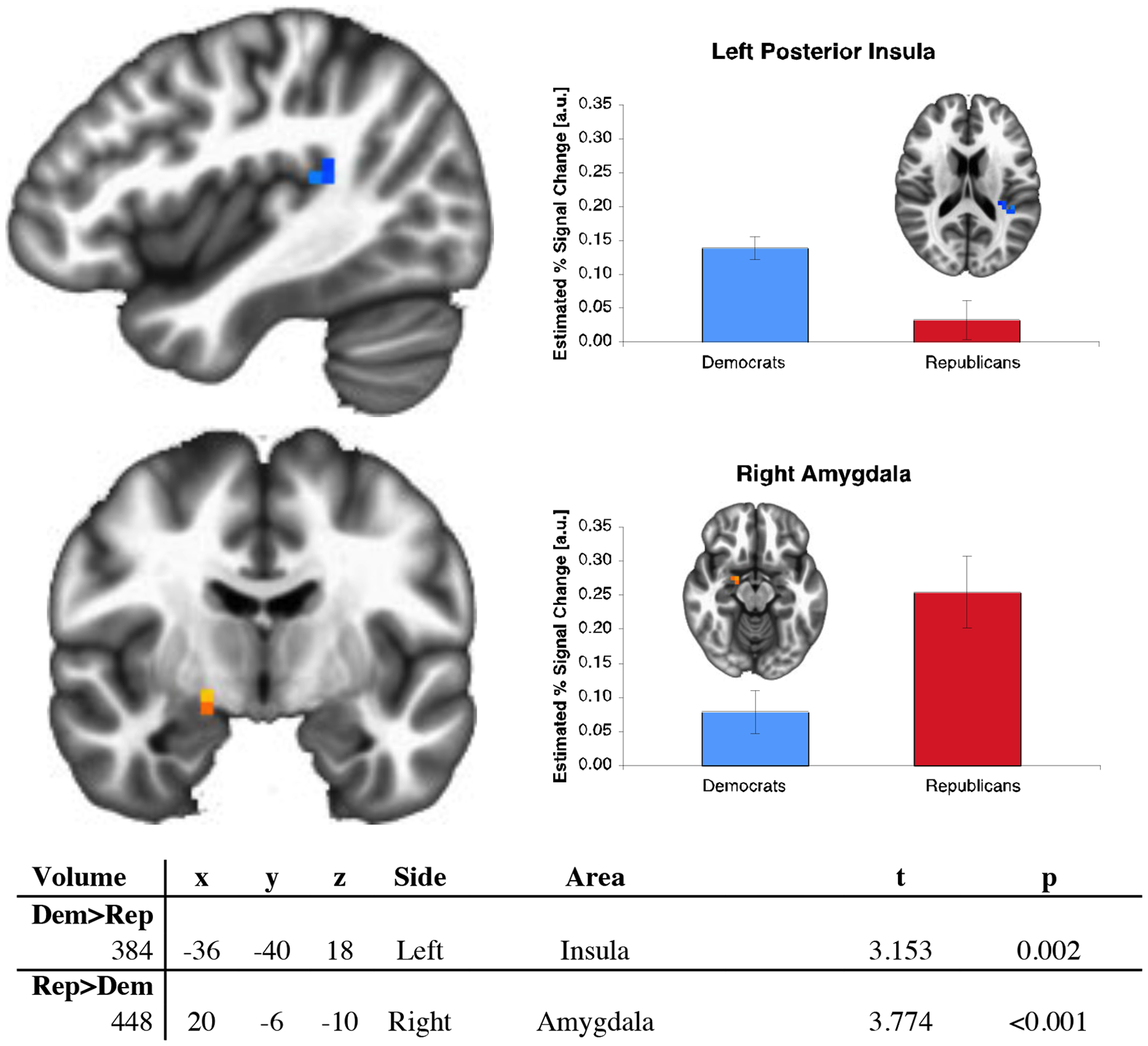
?No great mind has ever existed without a touch of madness.?
Aristotle?s words were probably the first time in recorded history that a link was drawn between genius and insanity.
Since then, the idea has gone on to gain lots of momentum.
In the 1880s, Cesare Lambroso wrote The Man of Genius, a book which argued that artistic genius was a form of hereditary insanity.
More recently in the pop culture domain, Panic! At The Disco released a song called Crazy = Genius, which was an ode to Brian Wilson, who despite being diagnosed as schizoaffective with manic depression, was behind more than two dozen Top 40 hits for The Beach Boys.
Myth or More?
But is the popular notion that there is a strong link between genius and insanity true or just a convenient myth?
To answer that, we first need to define genius and insanity.
According to Stanford professor and author of Early Mental Traits of 300 Geniuses, Catharine Miles:
A genius is a person who displays exceptional intellectual ability, creative productivity, universality in genres or originality, typically to a degree that is associated with the achievement of new advances in a domain of knowledge.
And the now obsolete medical definition of insanity?
Mental derangement or disorder.
So what we?re looking for is people who operate at the intersection of exceptional intellectual ability or creative productivity, and mental disorder.
Genius is the Ability to See
Creativity has been defined by many as the intersection of disparate ideas.
As Frans Johansson found in his book, The Medici Effect, the Medici family brought the best painters, sculptors, poets, philanthropists, scientists, philosophers, financiers, and architects to Florence, and it was at the intersection of these disciplines that the Renaissance came to fruition.
At an individual level, creative productivity is essentially about the same thing ? associational thinking, or the connecting of dots. This is something that the late Harvard Business School professor, Clayton Christensen, found in his book The Innovator?s DNA, which explored the attributes that innovators share (below).

Essentially, the more dots one is able to connect, the more they can see. As such, creative geniuses see things that other people don?t.
This is interesting because it corresponds to research on insanity.
Elyn Saks, a mental health law professor at the University of Southern California, says that people with psychosis don?t filter stimuli as well as the rest of us. As a result, they become more aware of loose associations that most people?s unconscious brains wouldn?t consider sending to the surface of our consciousness.
Because Science Says So
And it turns out that there?s more than just opinion, or anecdotal evidence to support the idea.
DARP32
One study found that DARP32 gene can improve our ability to think and process information, but also gives us a greater risk of schizophrenia.
Red Brain, Blue Brain
Another from the University of Sydney, divides the population into two distinct camps when it comes to risk ? a red brain and a blue brain.
Red brainers are conservative and risk averse because their amygdala ? ? the threat detecting part of the brain ? lights up like a Christmas tree when assessing risk.

Blue brainers don?t have anywhere near as much activity in the amygdala when assessing risks so they?re far more likely to lean into them.
Red brainers make better mangers at existing companies while blue brainers make better entrepreneurs because they?re more adventurous and comfortable with uncertainty and ambiguity.
Geniuses At the Intersection
Nikola Tesla
He invented the first alternating current (AC) motor and developed AC generation and transmission technology. He was also in love with a pidgeon, and was quoted as saying ?There was one [pigeon], a beautiful bird, pure white with light grey tips on its wings; that one was different. It was a female. I had only to wish and call her and she would come flying to me. I loved that pigeon as a man loves a woman, and she loved me. As long as I had her, there was a purpose to my life.?
Kanye West
Considered by many a modern day musical genius, he also happens to suffer from bipolar disorder.

Speaking of bipolar disorder, a 2010 study that tested the intelligence of 700,000 Swedish 16-year-olds found that highly intelligent adolescents were more likely to develop bipolar disorder in a decade-long follow-up.
Vincent Van Gogh
Van Gogh may be one of the most influential artists of the modern era, so it?s fitting then that he suffered from psychosis and cut his ear off before eventually killing himself.
Steve Jobs
For better or worse, the man gave us transformational life-changing technologies, and aside from being a well-documented difficult man to work with, he developed some strange eating habits during his early days at Atari and Apple. He would eat only one type of food, such as carrots or apples, for weeks at a time. It is said the he ate so many carrots that his skin turned bright orange.
Confirmation Bias Alert
But for every genius, artist and Nobel laureate who might have suffered from some kind of mental ailment, we can find others who were ? at least on the surface ? perfectly normal, for lack of a better word.
It?s easy to hypothesise that all geniuses are crazy by cherry-picking examples to confirm this idea, whilst ignoring examples that disconfirm it. Having said that, it?s interesting to note that science does, to some degree, validate the idea that the minds of geniuses are sprinkled with a little bit of crazy.
And as someone who considers himself a little ?not quite right?, I welcome this news with open arms.
Steve Glaveski is the co-founder of Collective Campus, author of Time Rich, Employee to Entrepreneur and host of the Future Squared podcast. He?s a chronic autodidact, and he?s into everything from 80s metal and high-intensity workouts to attempting to surf and do standup comedy.


